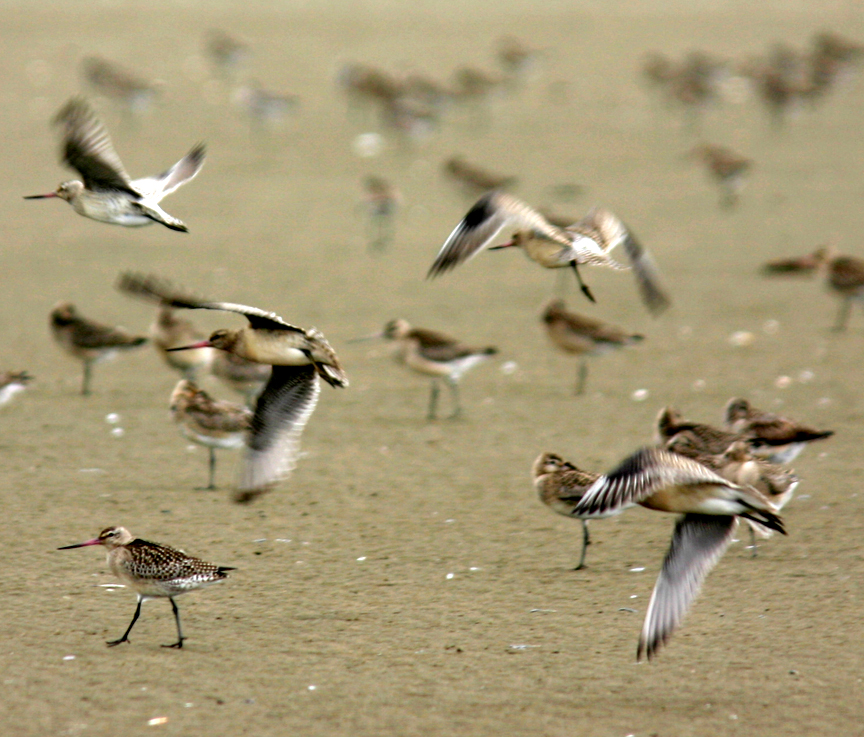- Home
- About S&T
- Taxa/Organisms
- Ecosystems
- Issues
- Methods & Tools
- Reports & Publications
- Location
- Search
Publisher: USGS | Science Center: Alaska Science Center (ASC, Anchorage) | Format: URL
www.absc.usgs.gov — The North Pacific Pelagic Seabird Database is an ongoing project between the USGS and Fish and Wildlife Service that addresses data on the pelagic distribution and abundance of seabirds. This project has collected data from researchers in Canada, Russia, and the U.S. (1972-2003). This information is critical for understanding the basic ecology of More...

December 2008 | Publisher: USGS | Format: URL
soundwaves.usgs.gov — Kristen Hart and Keith Ludwig of the USGS Florida Integrated Science Center (FISC) participated in two research cruises in 2008 to study patterns of habitat use by endangered sea turtles in and around the National Park. Hart's research effort focuses on quantifying patterns of sea turtle habitat use, employing capture-recapture and satellite- and More...
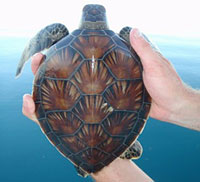
October 2008 | Publisher: USGS (Soundwaves) | Format: URL
soundwaves.usgs.gov — Three years after Hurricanes Katrina and Rita ravaged the U.S. Gulf Coast, the region was hit once again by a pair of large storms: Hurricane Gustav made landfall near Cocodrie, Louisiana, on September 1, 2008, as a strong Category 2 storm; and Hurricane Ike made landfall near Galveston, Texas, on September 13, 2008, also as a strong Category 2 More...

June 2008 | Publisher: Other Federal Agency (U.S. Environmental Protection Agency (EPA)) | Format: URL
www.climatescience.gov — The U.S. Environmental Protection Agency has released a report that can help reduce the potential impact of climate change on estuaries, forests, wetlands, coral reefs, and other sensitive ecosystems. The report identifies strategies to protect the environment as these changes occur. The report finds that climate change can increase the impact of More...

2008 | Publisher: USGS | Format: URL
soundwaves.usgs.gov — U.S. Geological Survey (USGS)'s Western Region held an internal USGS workshop on Sea-Level-Rise Impacts on November 6-7, 2007, in Menlo Park, California. The meeting was attended by 30 scientists from four USGS disciplines (geology, geography, biology, and water) and 13 different science centers in the Western Region. In part a follow-up to the More...
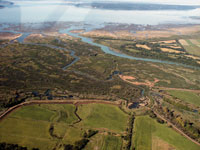
2008 | Publisher: USGS | Science Center: Western Ecological Research Center (WERC, Sacramento) | Format: .PDF
www.werc.usgs.gov — Mercury is a contaminant of significant concern in waterbirds because it can accumulate to high concentrations in their tissues and cause deleterious effects such as impaired reproduction. Numerous studies and monitoring programs have evaluated concentrations of mercury in waterbird tissues as an index of risk to exposure. However, no single More...

September 2005 | Publisher: USGS (Soundwaves) | Science Center: USGS Other | Format: URL
soundwaves.usgs.gov — Biologists in the Sirenia Project at the U.S. Geological Survey (USGS) Florida Integrated Science Center (FISC) in Gainesville, FL, are currently identifying and mapping the genetic material of manatees. Their goal is to better understand and predict the manatee's ability to react to environmental stimuli, such as prolonged periods of cold More...

May 2005 | Publisher: USGS | Science Center: National Wildlife Health Center (NWHC, Madison) | Format: .PDF
www.nwhc.usgs.gov — Recent increases in the frequency and variety of infectious diseases in the southern sea otter may jeopardize the population recovery of this threatened species. This information sheet includes a list of selected publications.
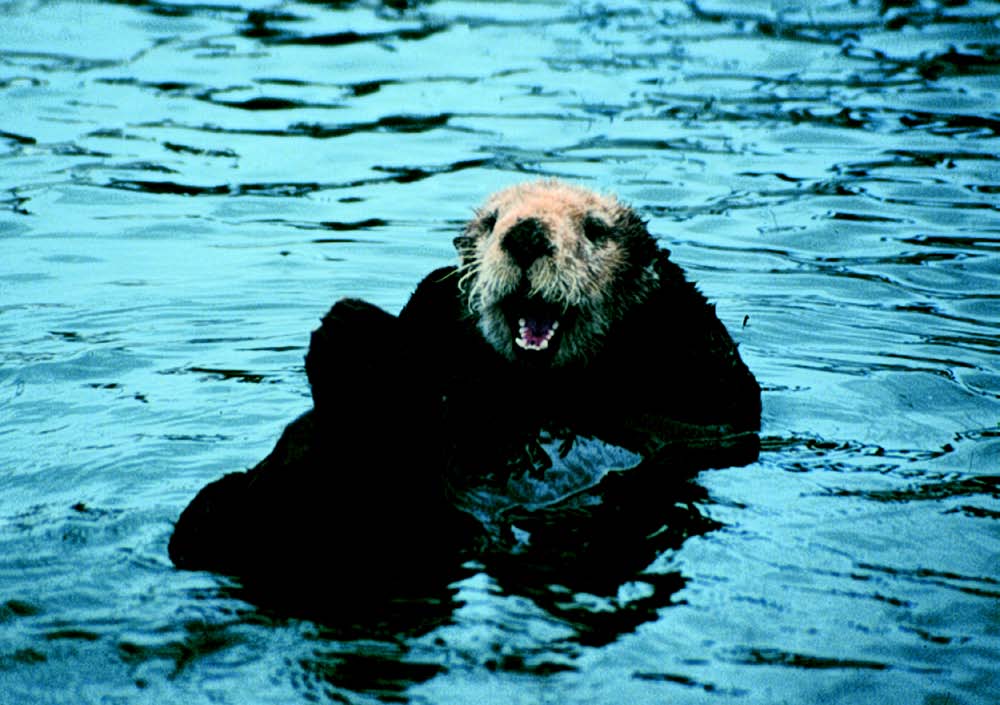
Publisher: USGS | Science Center: Western Ecological Research Center (WERC, Sacramento) | Format: URL
www.werc.usgs.gov — Sea otters (Enhydra lutris) are keystone predators in the nearshore environment of the eastern Pacific Ocean, in a food web composed of sea otter, sea urchin, and kelp forest. Without sea otters, the kelp forest can be overgrazed by sea urchins, which in turn can affect other species that depend on this ecosystem. This resource provides links to More...
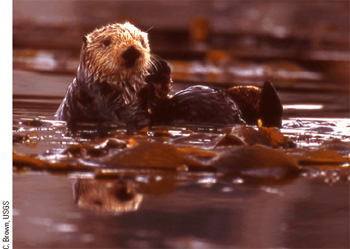
Publisher: USGS | Science Center: Alaska Science Center (ASC, Anchorage) | Format: URL
alaska.usgs.gov — This study is a new analytical procedure that quantifies the degree of overlap between adjacent populations of polar bears, and provides science for better management of the harvest of polar bears in the Beaufort and Chukchi Seas. This new analytical approach allows previously accepted population management units to be subdivided in ways that will More...

Publisher: USGS | Science Center: Western Fisheries Research Center (WFRC, Seattle) | Format: URL
wfrc.usgs.gov — Over the past 150 years, land reclamation activities have resulted in loss of significant amounts of tidal marshes (sometimes referred to as inter-tidal wetlands, the estuarine zone that is alternately flooded and exposed) in San Francisco Bay and the Sacramento-San Joaquin Delta (Bay/Delta). Recently, in an effort to halt or reverse the decline More...

Publisher: USGS | Science Center: Alaska Science Center (ASC, Anchorage) | Format: URL
alaska.usgs.gov — This web resource provides information concerning the on-going Research at the USGS Alaska Science Center on birds and avian influenza (bird flu). The site links to quick facts, on-going research, workshop results, monitoring and surveillance, guidelines on how to safeguard against avian influenza, publications and reports, migratory bird More...
